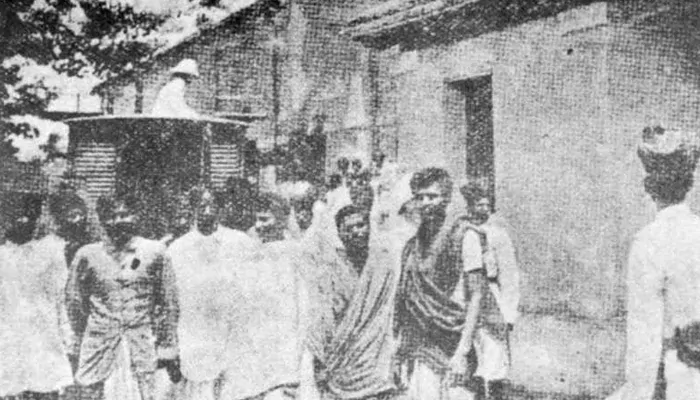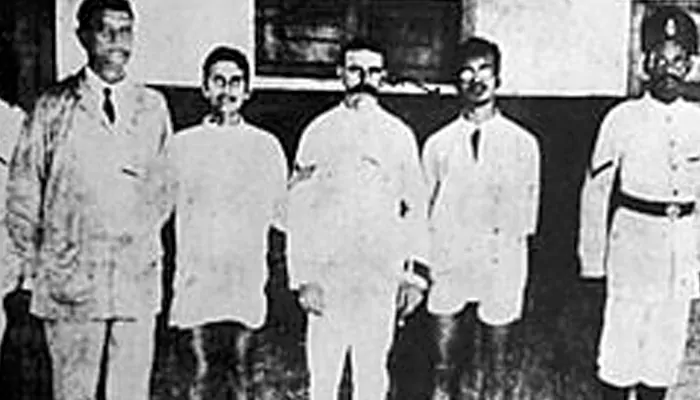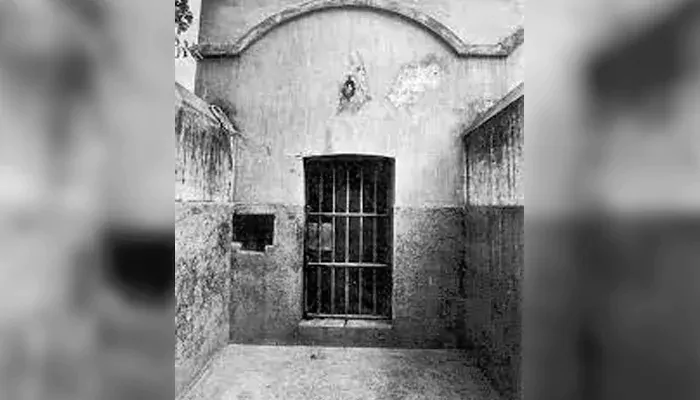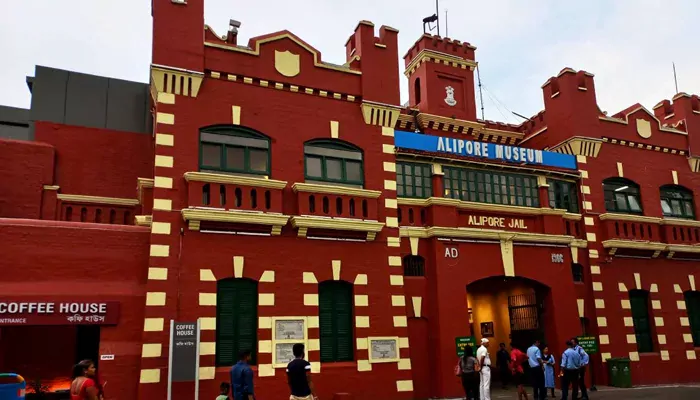
Inside Alipore Jail, chance meetings sparked revolutions, and cell walls couldn’t stop the ideas that spread.
A grim structure—Alipore Central Jail- stood in the heart of colonial Calcutta. Built to break spirits, it ended up creating a nation’s resolve. This wasn’t just any prison. Some of India’s most brilliant minds were locked away between its walls. But instead of silence, the jail echoed with whispers of resistance.
Here, sentences turned into strategies. Locked doors didn’t stop conversations. Instead, they became the start of something more profound—a growing network of freedom fighters learning from one another, planning, and dreaming together.

The British thought locking up revolutionaries would end the fight. But they didn’t realise they were bringing together a storm.
Inside Alipore, names like Sri Aurobindo, Bidhan Chandra Roy, Kazi Nazrul Islam, and Chittaranjan Das passed through. The jail became especially famous during the Alipore Bomb Case of 1908, when Aurobindo and others were accused of plotting to overthrow British rule.
Young radicals like Kanailal Dutta and Charu Chandra Bose were also held here. Dutta was executed in the jail itself, turning the gallows into a symbol of martyrdom. These men didn’t just serve time—they served the cause.

In time, Alipore began to resemble a university more than a prison. Around 1936, a small group of political prisoners started meeting in secret. They called it a study circle, but it became much more.
Men like Shiv Verma, Hare Krishna Konar, and Niranjan Sengupta discussed Marxist thought, the Russian Revolution, and global anti-colonial movements. These exchanges led to the formation of the Communist Consolidation, a group committed to India’s freedom through socialist ideals.
Even without books or classrooms, the prisoners created a political education system.
How did these networks grow in such a tightly guarded place? Creativity. Legal visits became coded exchanges. Guards—sometimes sympathetic—looked the other way. Shared chores and meals became moments of trust and solidarity.
During the Alipore Bomb Case, Sri Aurobindo’s lawyer, Rasamoy Sur, served not only as legal counsel but also as a lifeline to the outside world. In such interactions, information and inspiration flowed quietly but powerfully.
Even brief meetings, like a daughter’s visit or a lawyer’s note, became sparks in a time of darkness.

They didn’t walk out the same way when these men were finally released. The jail had changed them, turning individuals into a collective.
Niranjan Sengupta would become a leader in Bengal’s leftist politics. Hare Krishna Konar later played a key role in post-independence land reforms. Others carried the legacy of resistance into India’s mainstream politics, education, and literature.
The friendships formed inside Alipore had ripple effects that reached well beyond the jail walls.

In 2019, Alipore Central Jail closed its doors as a prison. But the stories inside refused to be forgotten. In 2022, it reopened as the Alipore Jail Museum.
Visitors can now walk through the cells where India’s heroes once lived and planned. The gallows where Kanailal Dutta was hanged stand as a chilling reminder. Dedicated spaces for Aurobindo, Nazrul Islam, and others help tell a story that textbooks often shorten.
Digital exhibits, archives, and guided tours now let the public step into a place where revolution once brewed quietly.
Alipore was built to isolate. Instead, it connected. It became a place where strangers became allies, where ideas were exchanged in whispers, and where the British, unknowingly, helped forge the backbone of India’s freedom struggle.
This was no ordinary jail. It was a freedom fighter factory—where silence became strength, and suffering turned into resolve.
Even today, its red brick walls hold the memory of those who entered as rebels and left as revolutionaries.